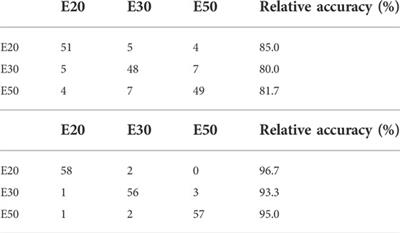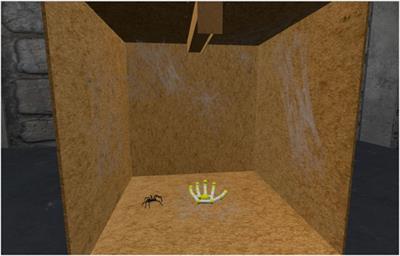BRIEF RESEARCH REPORT
Published on 06 Jan 2023
Introducing wearable haptics for rendering velocity feedback in VR serious games for neuro-rehabilitation of children

doi 10.3389/frvir.2022.1019302
- 2,562 views
- 5 citations
2,128
Total downloads
11k
Total views and downloads
Select the journal/section where you want your idea to be submitted:
BRIEF RESEARCH REPORT
Published on 06 Jan 2023

ORIGINAL RESEARCH
Published on 28 Sep 2022

ORIGINAL RESEARCH
Published on 10 Aug 2021


Frontiers in Robotics and AI